
How to Unlock the Full Potential of Your Class 3 eBike: A Comprehensive Guide
1. Introduction: Unleashing Your eBike's Potential
Unlocking your Class 3 eBike's potential means taking full advantage of its performance capabilities. This involves making smart adjustments to improve speed, battery use, and your overall ride while staying safe. The process might include changing pedal assist levels, fixing throttle responses, or tweaking battery settings to get a smooth ride.
Class 3 eBikes can provide pedal assist up to 28 mph. Getting the most from these bikes requires careful testing and a focus on safety. Every change must follow local laws and safety rules, as these bikes have strict guidelines about speed and motor power. All the tips in this guide come from years of testing many different eBikes. We've found that unlocking performance isn't just about bypassing factory settings. It's about understanding how each setting affects how your bike rides. This means looking at speed limits, battery settings, and control panels that can be programmed. After each change, we test bikes carefully to make sure they perform better without becoming unsafe.
Safety must always come first when improving performance. Following local rules—like staying under the 28 mph speed limit defined in US Electric Bike Regulations—is essential. This article gives you clear techniques for unlocking your Class 3 eBike's potential while keeping safety in mind.
2. Understanding Class 3 eBikes: Features, Regulations, and Capabilities
Class 3 eBikes provide pedal assistance up to 28 mph with motor power. They typically have motors between 250W and 750W, strong batteries, and systems that stop assistance when you reach top speed. These bikes are perfect for city commuting and longer rides where speed matters. The bikes have special sensors that turn on the motor only when needed. Manufacturers program settings for pedal assist, throttle response, and battery use to ensure safe riding. This creates a balance between a good ride, saving energy, and delivering power when going uphill.
Rules are very important for Class 3 eBike design. In the United States, these bikes must not go faster than 28 mph with pedal assist. Riders must wear helmets, and many areas require other safety gear. Some states have specific rules about where you can ride these bikes.
Knowing these details is important when unlocking performance. Finding the right balance between motor power, battery life, and following the law ensures that your changes improve your bike while staying legal. This knowledge helps you spot performance issues and plan smart changes.
3. Barriers to Performance: Why Some Class 3 eBikes Seem Underwhelming
Many Class 3 eBikes don't seem to perform as well as they could because manufacturers set cautious limits. Often, the built-in settings favor long life and safety over raw power.
Some common problems include:
• Speed limits that cap assistance at 28 mph even in good conditions
• Battery systems that deliver less power to make batteries last longer
• Control panels with limited adjustment options for throttle and pedal assist
These factors can make your ride feel less exciting, especially if you want better performance. Control systems intentionally set lower limits to protect parts. This caution creates a ceiling that you can adjust if you have the right knowledge.
Before making any changes, you should figure out what's limiting your bike. A thorough check of settings, battery health, and sensors can reveal hidden potential. A careful approach ensures that your changes won't damage the bike or void warranties. Finding these barriers through careful testing is the first step to unlocking your Class 3 eBike's full potential. This ensures that your modifications will be both safe and effective.
4. Step-by-Step Guide to Unlocking and Optimizing Your Class 3 eBike
Unlocking your Class 3 eBike takes careful planning, testing, and adjustments. This guide shows you how to get the best performance while following the rules.
-
Accessing the eBike's Settings Menu Turn on your bike and open the settings menu using the display. Press and hold specific buttons (often "+" and "–" together) to find hidden settings. Make sure your bike is on stable ground for safety.
-
Identifying Performance-Limiting Parameters Look for settings related to pedal assist levels, throttle response, and speed limits. Write down the current settings for each one. For example:
| Parameter | Default Value | Expected Modification |
| Max Assisted Speed | 28 mph | Adjust within legal limits |
| Battery Voltage Limit | Factory preset | Fine-tune for increased power delivery |
| PAS (Pedal Assist) Level | Multiple settings available | Increase sensitivity for better acceleration |
-
This list helps you track changes and compare results after modifications.
-
Adjusting Configuration Settings Change one setting at a time. First, adjust pedal assist levels for smoother power. Next, fix throttle settings for better response. Finally, if possible, change battery voltage limits for more power.
-
Write down each change you make. This record helps you undo any changes that don't work well.
-
Testing New Settings Under Safe Conditions Test your new settings in a safe place like an empty parking lot. Watch how the bike handles acceleration, turning, and stopping. Compare how it rides before and after your changes to see if they helped.
-
Fine-Tuning and Rechecking Regulatory Compliance If the bike performs better, make small adjustments to improve it further. Always check that your changes still follow local laws. Sometimes speed settings might accidentally go above legal limits. Check your settings against local rules.
-
Documenting and Final Confirmation After testing and confirming your changes follow regulations, write down your final settings for future reference. This gives you a backup if you need to troubleshoot later.
These steps come from real experience and industry expertise. Keeping good records and testing carefully turns theory into real performance gains.

5. Pro Tips & Unique Strategies for Enhanced eBike Performance
Beyond basic unlocking steps, advanced changes can make your Class 3 eBike even more responsive with better range. Industry experts share tips that go beyond typical upgrades.
You can tune the assist curves for more natural power delivery. Adjusting how quickly pedal assist ramps up creates smoother acceleration, especially during stop-and-go commutes. There are trade-offs between performance gains and battery life, so watch battery temperature and power use during your changes.
Another strategy involves optimizing the battery management system. By changing the battery's voltage limits, you can get better range and power response. Be aware that such changes may drain your battery faster if not managed carefully. A balanced approach that improves performance while maintaining efficiency is best for long battery life.
For riders wanting more control, creating custom profiles for different riding situations helps. A "commuting" profile might focus on smooth power and saving energy, while a "performance" profile allows quicker acceleration in safe settings. You can switch between these profiles using your bike's display.
This table shows key modifications and their effects:
| Modification | Benefit | Consideration |
| Tuning Assist Curves | Smoother acceleration, better responsiveness | May increase battery drain |
| Adjusting Voltage Limits | Extended power delivery, improved range | Monitor for potential overheating |
| Custom Riding Modes | Tailored performance for diverse scenarios | Complexity in setup and calibration |
These advanced strategies come from extensive testing in various conditions and deliver a refined riding experience. For more information on eBike classes and tuning options, check out Understanding Ebike Class Differences.
These expert insights help riders maximize performance while balancing safety and efficiency. Always test enhanced settings thoroughly before regular use to ensure your changes improve your ride without causing problems.
6. Maintaining Safety and Legal Compliance Post-Modifications
Better performance should never compromise safety or legal compliance. After unlocking your Class 3 eBike's potential, follow these safety checks:
• Always wear a helmet and proper safety gear.
• Watch your speedometer to stay within legal speed limits.
• Check your eBike's mechanical and electrical parts regularly for signs of wear.
• Review local regulations occasionally to make sure your modifications remain legal.
Following these safety steps reduces risks and ensures that your performance improvements are exciting, sustainable, and responsible.
7. Conclusion: Summarizing Key Insights & Next Steps
Unlocking your Class 3 eBike's full potential requires balancing technical changes, safety precautions, and awareness of regulations. This guide shows the process from finding performance barriers to fine-tuning advanced settings.
We encourage riders to share experiences, monitor performance, and get professional advice when needed. With a careful approach and expert insights, unlocking your eBike's hidden potential creates a safer, more exciting riding experience. Enjoy your upgraded bike while respecting both the technology and the law.
FAQ
-
Q: What is the maximum legal speed for a Class 3 eBike?
A: Class 3 eBikes are legally limited to 28 mph with pedal assist in the United States.
-
Q: Can I modify my Class 3 eBike without voiding the warranty?
A: Most basic setting adjustments won't void warranty, but physical modifications typically will. Always check your warranty terms.
-
Q: How can I improve my Class 3 eBike's battery performance?
A: Optimize battery management settings, adjust voltage limits, and create custom riding profiles for different situations.
-
Q: What safety gear is required for riding a Class 3 eBike?
A: A helmet is mandatory, and additional protective gear is recommended depending on local regulations.
-
Q: Will unlocking my Class 3 eBike's potential affect battery life?
A: Yes, performance enhancements may increase battery drain. Monitor battery temperature and adjust settings for optimal balance.



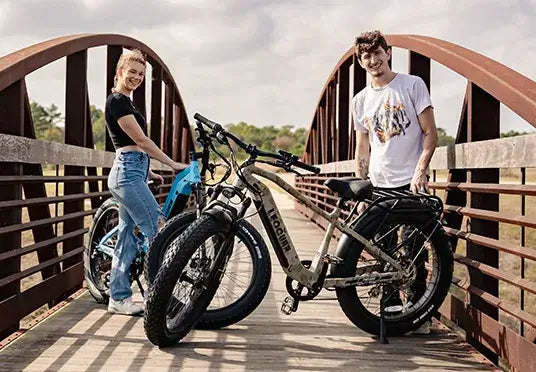
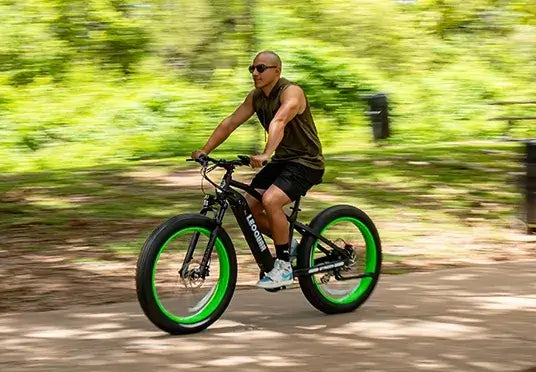
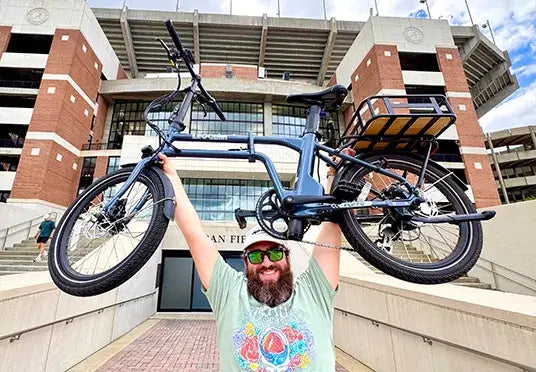
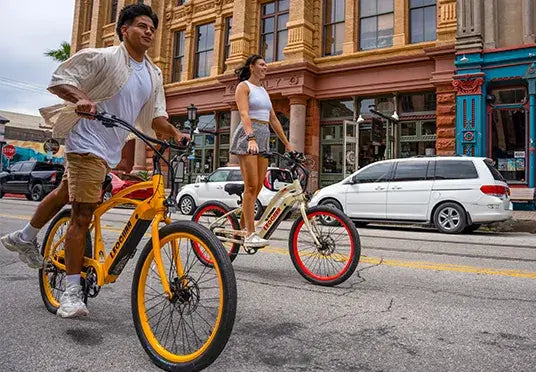
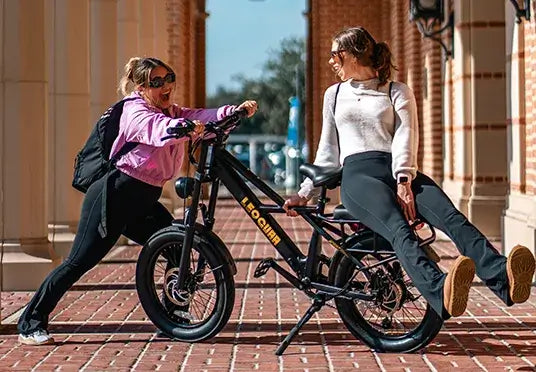
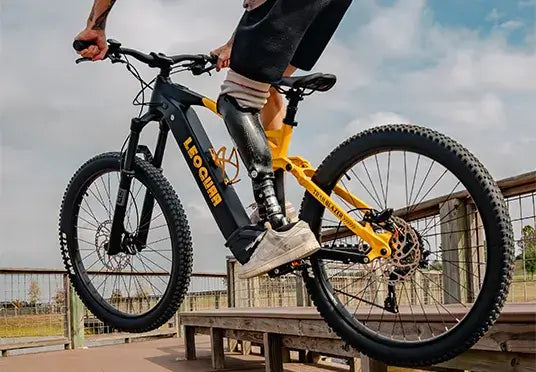
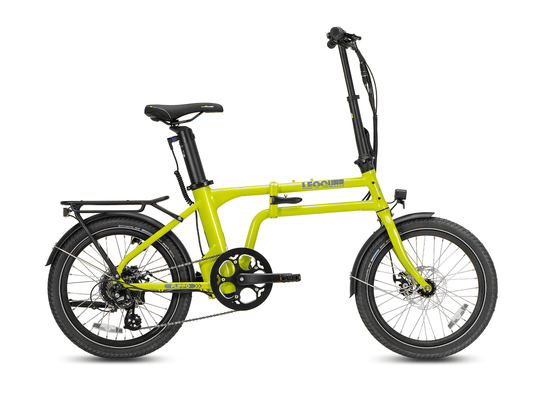
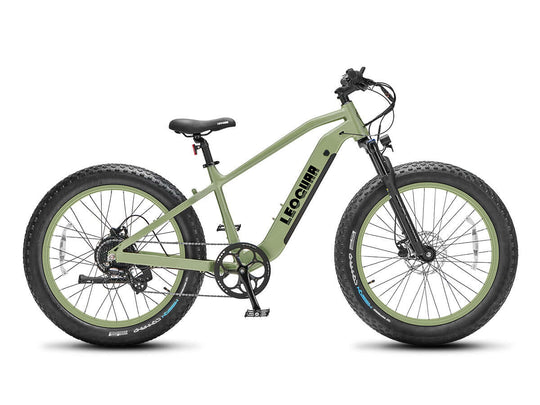
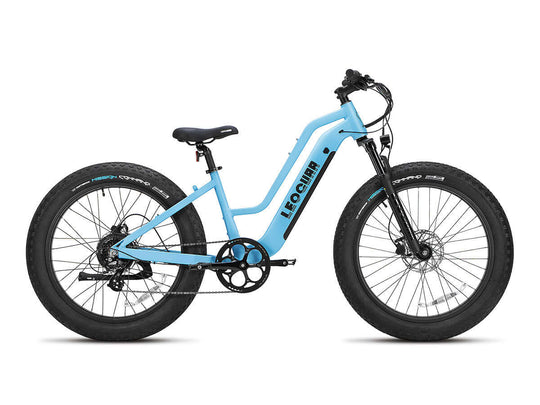
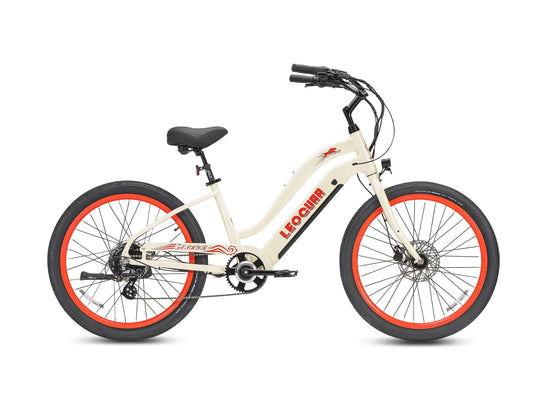
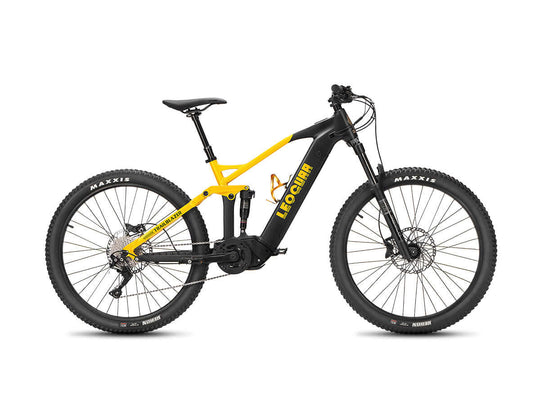
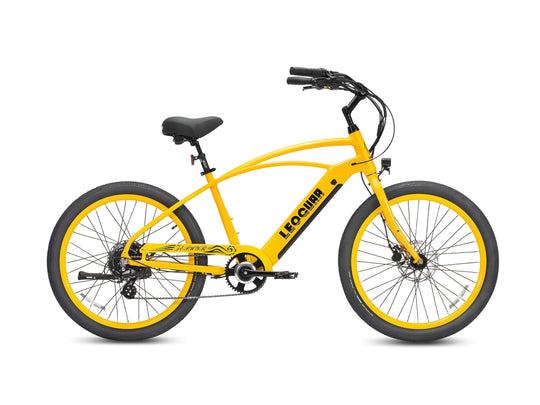
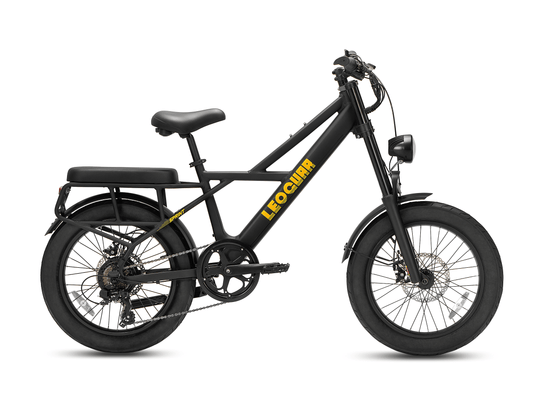
















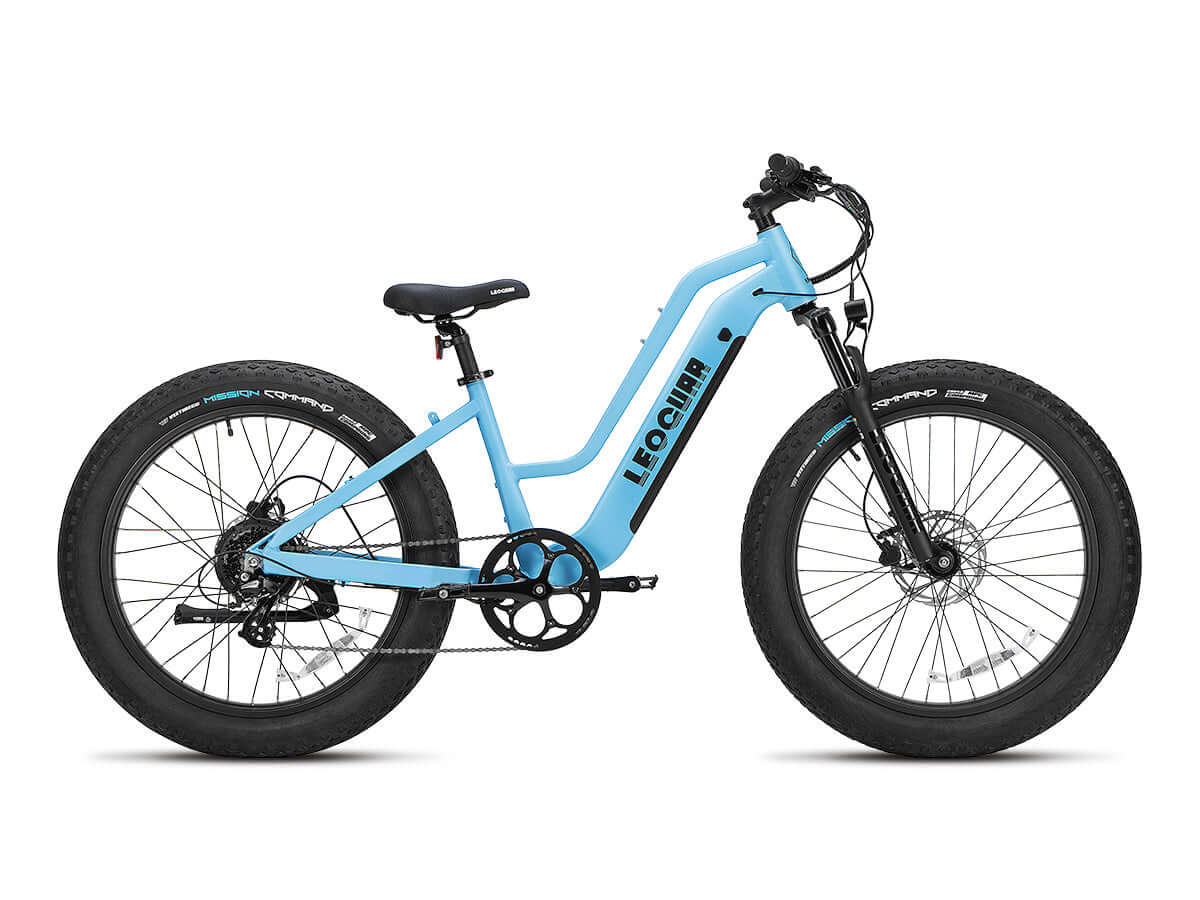








Leave a comment